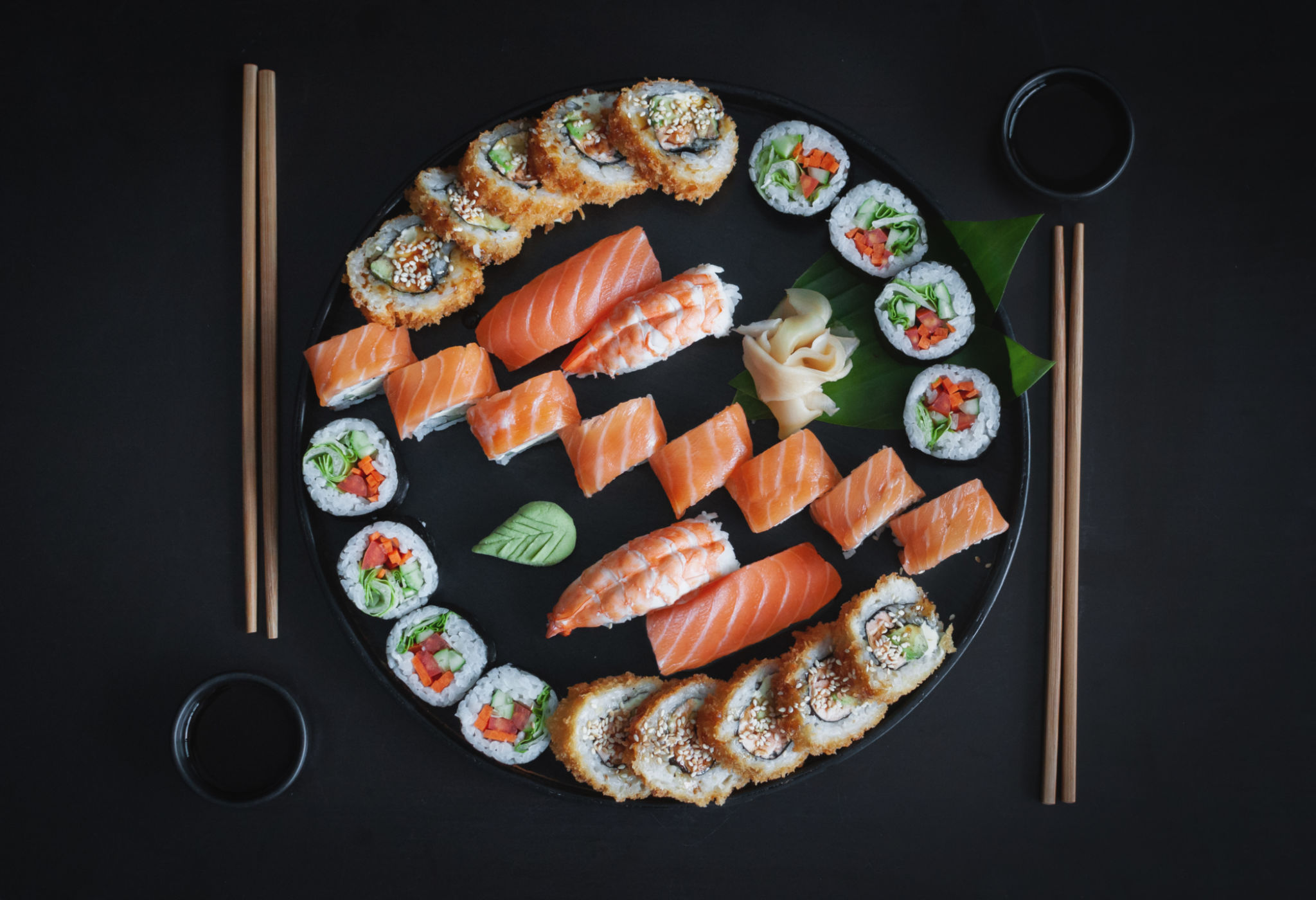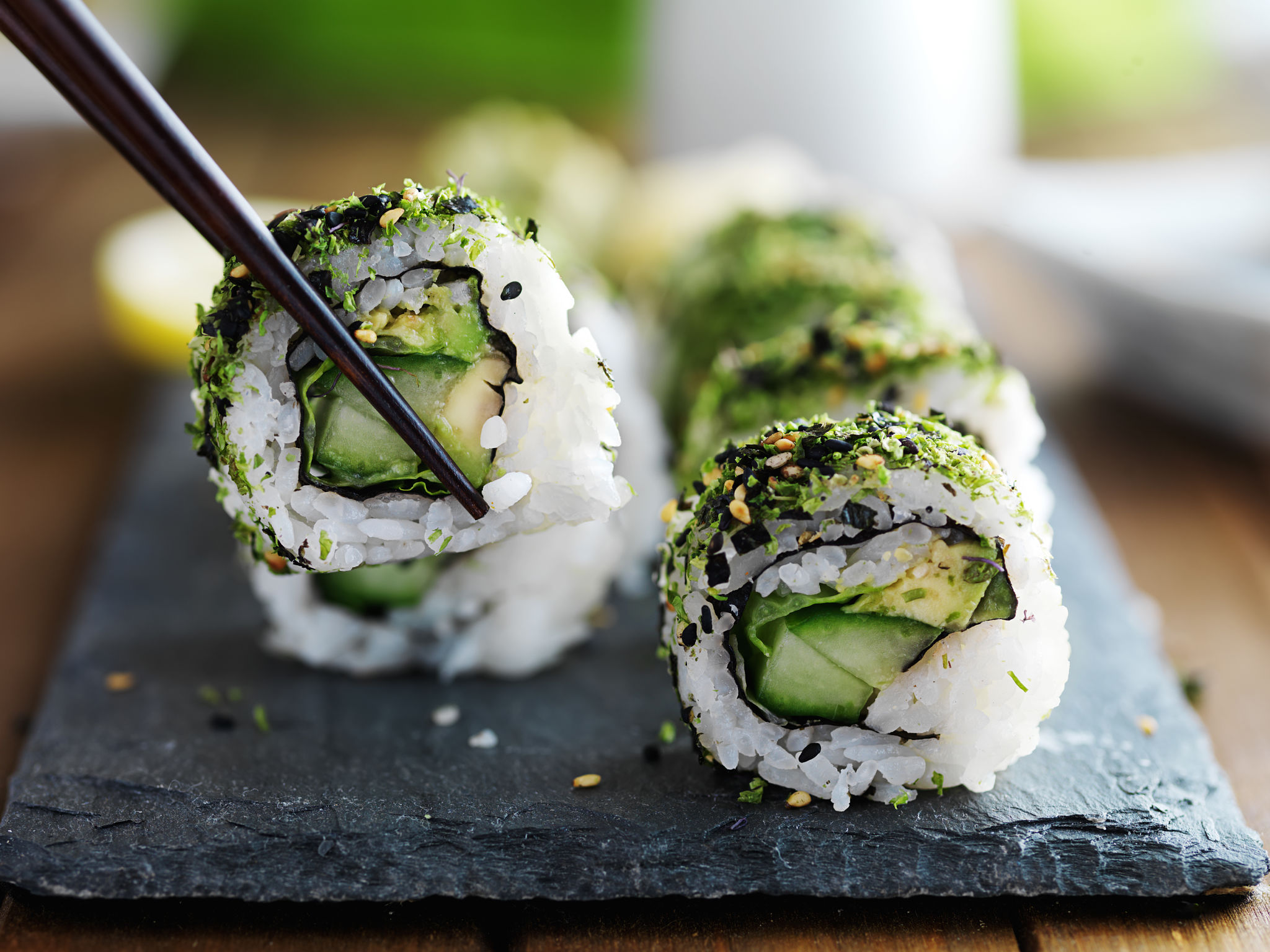Common Misconceptions About Sushi: What You Need to Know
Understanding Sushi: A Cultural Experience
Sushi is often perceived as just a dish consisting of raw fish, but it's much more than that. Originating in Japan, sushi is a culinary art form with deep cultural significance. It involves a harmonious blend of flavors and textures, combining vinegared rice, seafood, vegetables, and sometimes tropical fruits. Understanding sushi means appreciating the traditions and skills that go into its preparation.

Misconception #1: Sushi is Just Raw Fish
One of the most common misconceptions about sushi is that it exclusively involves raw fish. While sashimi, thinly sliced raw fish, is a part of sushi culture, sushi itself encompasses a variety of forms. The term "sushi" actually refers to the vinegared rice. Some popular types of sushi include:
- Nigiri: A slice of fish atop a small bed of rice.
- Maki: Rice and fillings rolled in seaweed.
- Temaki: Cone-shaped seaweed rolls stuffed with rice and fillings.
- Uramaki: Similar to maki but with rice on the outside.
Misconception #2: All Sushi Contains Seafood
Not all sushi contains seafood. There are numerous vegetarian options available for those who prefer not to consume fish or seafood. Sushi can feature ingredients such as cucumber, avocado, pickled radish, and egg. Chefs often get creative, offering unique combinations that cater to a variety of dietary preferences.

The Art of Sushi Preparation
Making sushi is an art that requires precision and skill. Sushi chefs undergo years of training to master the techniques required to prepare this delicacy. From selecting the freshest ingredients to perfecting the balance of flavors, sushi preparation is a meticulous process that demands attention to detail and respect for tradition.
Misconception #3: Sushi is Always Expensive
Sushi can be perceived as a luxury food item due to its association with fine dining and high-quality ingredients. However, sushi can be enjoyed at various price points. Many casual sushi restaurants offer affordable options without compromising on taste or quality. Some supermarkets also sell pre-packaged sushi for a quick and convenient meal.
Sushi Etiquette: What You Should Know
When enjoying sushi, it's important to be aware of certain etiquette practices. This not only enhances your dining experience but also shows respect for the culture. Here are a few tips:
- Use chopsticks or your hands to eat nigiri.
- Dip the fish side of nigiri into soy sauce to prevent rice from soaking up too much sauce.
- Consume the entire piece of sushi in one bite when possible.

Misconception #4: Wasabi is Meant to Be Mixed with Soy Sauce
Many people believe that wasabi should be mixed into soy sauce, but traditionally, wasabi is applied directly onto the sushi by the chef. Mixing wasabi into soy sauce can dilute its flavor and overpower the delicate taste of the sushi. Instead, try adding a small dab of wasabi onto each piece if you prefer an extra kick.
Sushi is a delightful culinary experience that goes beyond just being a meal; it's an exploration of culture and tradition. By debunking these common misconceptions, you can gain a greater appreciation for sushi and enjoy it in its authentic form.
